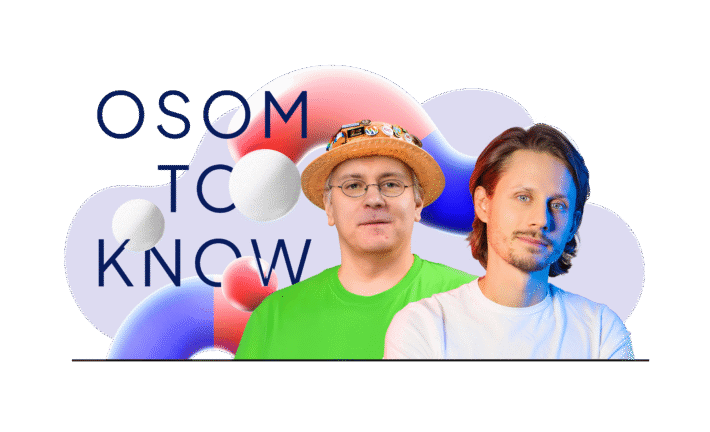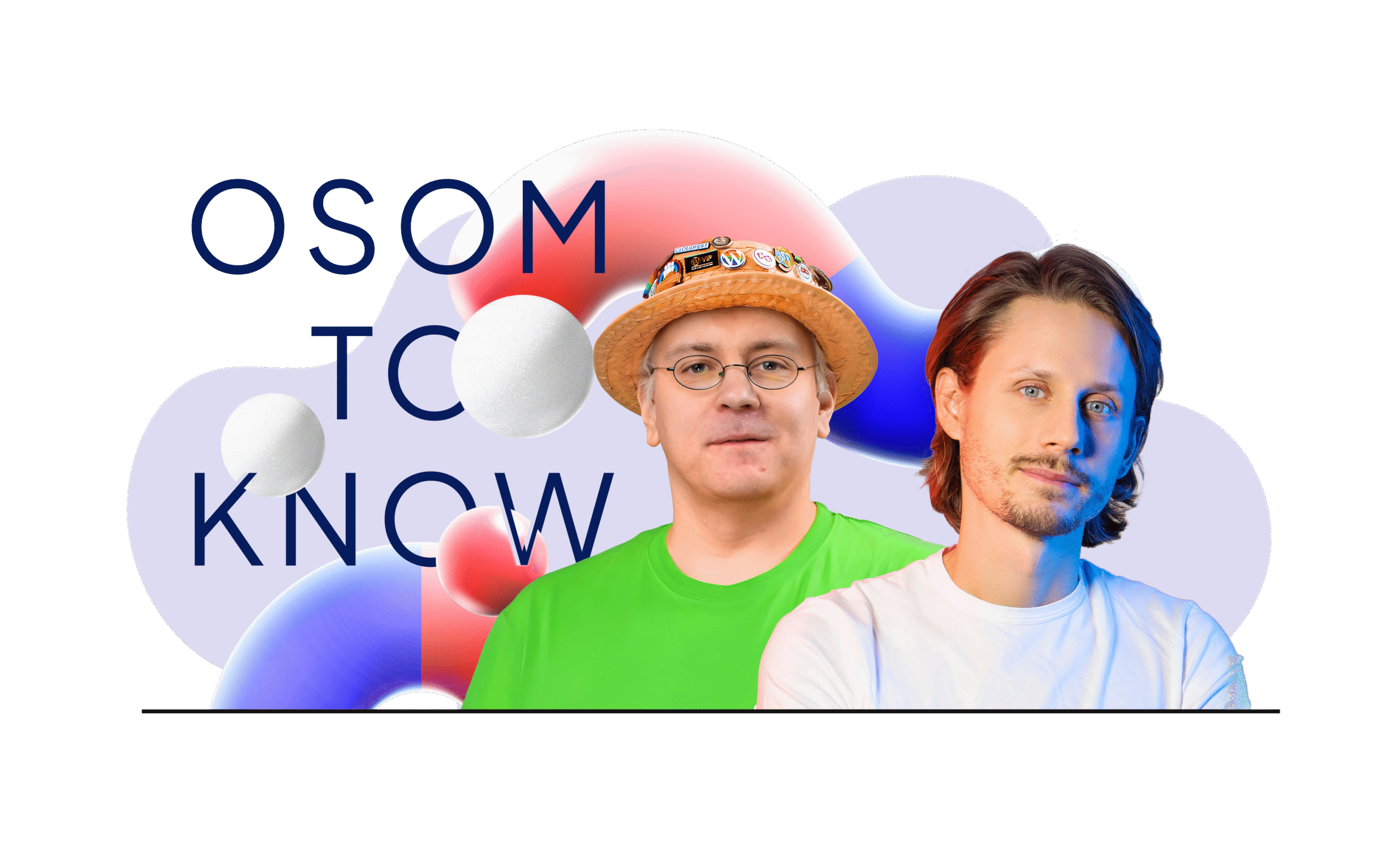
From WordPress Services to Scalable Products: What It Really Takes – interview with Robert Windisch
When agencies talk about “building products,” the phrase often sounds more like a post-conference ambition than a tested roadmap. But what does it really take to transition from client services to sustainable product development?
In this episode of the Osom to Know podcast, our guest is Robert Windisch, co-founder of one of Europe’s largest WordPress agencies, Inpsyde (now known as Syde), and co-creator of MultilingualPress. Robert is also a long-time WordPress core contributor, active community speaker, and open-source advocate. When he’s not architecting scalable plugin infrastructure, he shares thoughts on WordPress, and tech. Robert takes us through his journey from hacky plugin fixes to full product spin-offs.
Many agencies hit a ceiling with client work- often realizing too late that growth requires more than just scaling headcount. This episode offers a behind-the-scenes look at how one agency navigated that turning point. Here are the key takeaways from the conversation.
How a WordCamp Question Sparked a Scalable WordPress Plugin
It started at WordCamp Berlin 2010. A casual Q&A session, a question about multilingual solutions in WordPress, and a realization: no one had built the plugin they themselves needed.
We looked at each other and said, ‘Not yet.’ And we started building right there.
Multisite had just merged into WordPress Core (v3.0), and Robert and his team at Inpsyde had the technical experience to see the opportunity. The result? MultilingualPress – a multilingual plugin leveraging WordPress Multisite to manage translations in a structured and scalable way.
MVP First, Market Later
Robert’s team didn’t start with a grand business plan. They started with a need. They built the foundational data layer during WordCamp itself. They tested it internally on client projects. Then they added features as their agency needed them. This “eat your own dog food” strategy ensured they stayed close to real-world pain points.
We became a standard for the enterprise world very fast because it solved a problem without the data chaos other solutions created.
Lesson: If you’re building a product inside an agency, your agency’s problems are your product roadmap.
Splitting Product and Service: A WordPress Growth Strategy That Works
As both the agency and the product matured, tension grew. What began as a shared initiative soon became a balancing act. Client projects demanded tight delivery timelines and dedicated developers. At the same time, the plugin required continuous iteration, technical support, and long-term vision to meet growing user demand. Resources were limited – and stretching the team across two competing priorities started to slow progress on both sides.
We needed to be faster with product iterations. But the agency side had its own growth.
By 2015, Inpsyde made a bold move: spinning off the product division into a standalone company. This wasn’t just a financial decision – it was operational clarity. With separate KPIs, leadership, and goals, both entities could thrive. The service side doubled down on global WordPress development; the product team could now focus on scalability, licensing, and support.
How to Build WordPress Plugins Clients Actually Need
In an age of trend-chasing plugins and AI-generated ideas, it’s tempting to prioritize novelty over necessity. But Robert emphasizes that long-term success lies in solving real problems with pragmatic, well-supported solutions. Robert’s advice is grounded in something far simpler:
“The best ideas still come from client frustrations. Solve something real. Don’t guess.”
MultilingualPress wasn’t built on speculation. It was battle-tested in client work and gradually hardened into a commercial product. That focus on durability also made them attractive to enterprise clients – a segment that values stability over hype.
WordPress Agencies as Product Incubators: How to Spot Scalable Plugin Ideas
Robert believes every WordPress agency has a plugin idea hiding in plain sight. The trick is knowing how to identify it. Here’s his framework:
- Pay attention to recurring custom builds
- Capture internal dev work that gets reused
- Prioritize solutions you can support long-term.
This approach not only helped them identify a viable product, but also allowed the team to validate demand before investing in polish. Rather than chasing originality for its own sake, Robert focused on frequency: if a feature request kept coming up, it deserved serious attention.
You’ll know it’s a product when the fifth client asks for the same thing.
Many agencies report similar patterns. Some of the best tools often begin as internal utilities. The key? Product thinking applied early.
What’s Next for MultilingualPress and WordPress at Scale
Looking ahead, Robert points to a pressing challenge that’s also a huge opportunity: multilingual e-commerce at scale. As WordPress continues to power complex stores and global brands, the need for smarter localization – not just translation – has become urgent. That’s why the team is now focused on performance, WooCommerce integration, and deeper alignment with the modern WordPress stack.
We’re building for the next generation of multilingual commerce. Not just translating, but localizing for real business outcomes.
It’s a shift from adapting to international markets as an afterthought to designing for them from the start.

Full conversation with Robert Windisch
Want to hear the full conversation with Robert Windisch? Check out the latest 🎙️ Osom to Know podcast.
You can also watch us on our YouTube – don’t forget to hit subscribe! 📩
